Coleus: The “Idiot-Proof” Plant
This annual is easy to grow, has great shelf life and display quality at retail, and is available in enough colors and varieties to suit any home landscape
Everybody seems to have a group of plants that they really enjoy growing, and coleus has always been my favorite. OK, OK. Plectranthus are the true love of my life, but coleus run a very close second! They are easy-to-grow, have a great retail shelf life and practically turn any mixed container into a work of art. Coleus is about as close to idiot-proof as an annual plant can get, and likely that is why I like them.
A Short History
This group of plants comes from tropical Africa and Southern Asia. This is why they do not like to be chilled in cold weather conditions. They have long been regarded as quasi-medicinal herbs as are most of the plants from the mint family (Lamiaceae). Since almost all the mint family have a really high essential oil content it makes them all fit into some sort of medicinal use category (either therapeutic or recreational). So if you have to know, coleus is used as a slight soporific tea or, like chamomile, a way to aid in sleeping. Coleus has been following humans via their gardens for over 800 years and there has been a lot of selection and adaptation in that time. Recently, plant taxonomists changed the scientific name from Coleus blumei to Solenostemon scutellarioides, but the common name coleus remains.
Varieties
There are more than 2,000 different cultivars of coleus floating around out there, and it can be pretty confusing trying to figure out which ones you want to have at retail. Fashion in colors and types seem to go back and forth between bright clear-toned colors and a huge variety of odd mixtures in color. In general, right now, we seem to be in a trend of high impact colors. Coleus has become a plant used heavily in landscapes for the color impact. Main colors for high landscape impact are chartreuse-green, burgundy-red and orange predominantly. Collectors and small-space gardeners tend to like the more artistic mottled tones or colored veins in the leaves as they are better for close-up viewing. So give this a thought when selecting for your clientele.
Seed Versus Vegetative
While most folks likely aren’t aware of it, there are some pretty profound differences between coleus from seed and coleus from vegetative breeding, but it definitely plays into the success your customers have with the plants they buy. Seed-produced coleus are what the industry used to grow almost exclusively as they were less expensive and easy to produce. However, they also have a tendency to flower early, set seed, and then begin losing leaves and deteriorating. Hence the old gardener’s rule, you should always pinch the flowers off your coleus. Seed coleus is also less tolerant of low water and landscape stress, making them a bit less desirable for the average consumer. In the last 10 years, there has been a lot of growth in vegetative coleus which flower much later in the season or not at all. In this case, their performance for consumers is much better and they require almost no maintenance. These plants are also more tolerant of high light and landscape conditions as well as more vigorous in containers for the consumer. It might be worth asking your supplier which are seed versus vegetative in their offerings and doing a bit of testing on your own.
There is a lot of wonderful breeding going on out there with an emphasis on late flowering, strong coloration and the search for the sun tolerant elusive purple leaf. New releases emerge every year, so the list of cultivars is always changing. My advice is to find a good quality supplier and pick the main colors that would be attractive to your clientele and would make for colorful displays.
Tips for Retail Success with Coleus
Light. Most coleus prefer partial sun, but with water many are full sun tolerant, some older cultivars will scorch in high outdoor light levels. At retail, position coleus in partial sun the color brightens displays and highlights the flowering plants around them creating add-on sales.
Temperature. 55° F night and 65-75° F day is ideal. It is extremely important to AVOID CHILL. Coleus are tropical; they need warmth to continue to grow vigorously. A single night at 40° F can stunt your plants, so make sure they have some protection until night temperatures warm in spring. Signs of chill damage include wilting and lower leaf drop.
Watering. The best rule of thumb is always keeping this plant lightly moist. They can tolerate a light wilt, but dry them out too much and the lower leaves come off. Once the plants become hardened by stressed leaves begin to reduce in size and it is best to just get new stock.






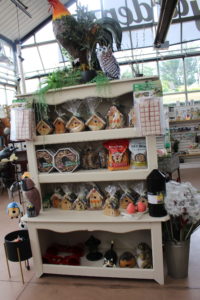
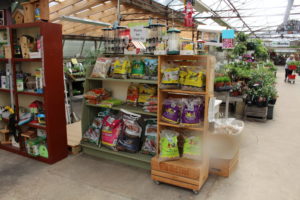
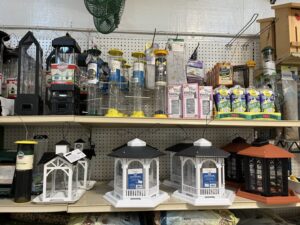

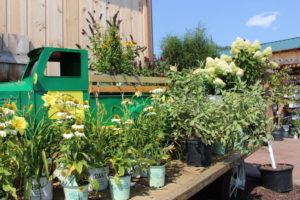


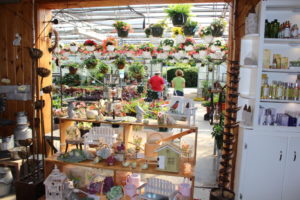

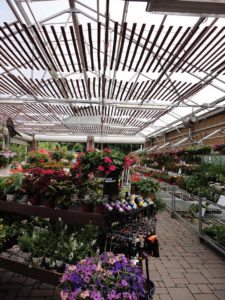


 Videos
Videos





